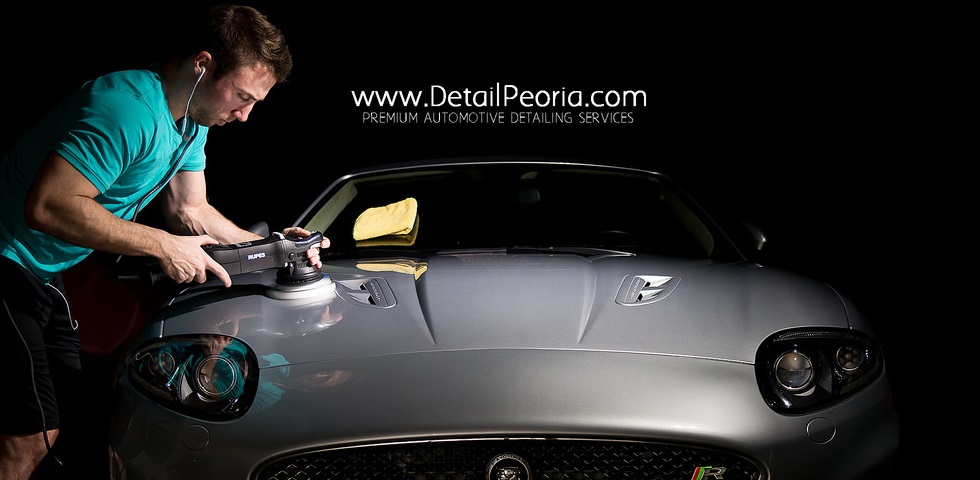Paint correction is the art of removing defects from paint in order to produce a more perfectly reflective surface. This procedure requires specialized tools, pads, and products as well as a knowledgeable detailer.
When you ask yourself “what tools do I need for paint correction?”, the most likely thing that comes to mind would be a random orbital polisher, pads, compounds… but how much thought do you put into your inspection lighting?
Inspection lighting is a critical part of the correction process. If you cannot see the defects, you can’t be sure you are removing them. It is as simple as that.
Throughout the years, I have used, and still do use, a variety of light sources during the correction process of our services. The main types of light we use are harsh natural light (direct sunlight), LED lighting, Xenon lighting, fluorescent lighting, and halogen lighting. Each type of light is different, and therefore effects what you are able to see on the paint.
My personal experience is that LED lighting in the daylight color temperature (~5000K) tends to be the most revealing, and therefore is the light source that we use most often when correcting paint. The LED lights have revealed flaws that are otherwise invisible, or at least very difficult to see, with other light sources. In fact, many people will claim that a bright LED light source is more revealing than direct sunlight, which is the ultimate test as that is the light that the vehicle will be seen in most often.
Another variable when selecting a light source is the light output angle. Different bulbs and fixtures will emit light at various angles depending on their design. I have found that I prefer a narrower beam (spot light) for my more powerful work lights as they work very well at highlighting swirls, scratches, and most other blemishes in the paint. I also use hand held LED lights with a zoomable light pattern that can be changed from very narrow to very wide. I have found that in some instances, a very wide light pattern can be beneficial in identifying light marring, product smearing, and other very hard to see details in the paint that strong directional lighting may wash out.
Choosing the proper lighting can take your detailing to an entirely different level. To reiterate, if you cannot see the defects properly, you will never know if you’re removing them. If you’re still using the same old halogen work lights from 5 years ago, consider upgrading to a more specialized lighting system. I’m sure you and your customers will appreciate the enhancement in your results.
